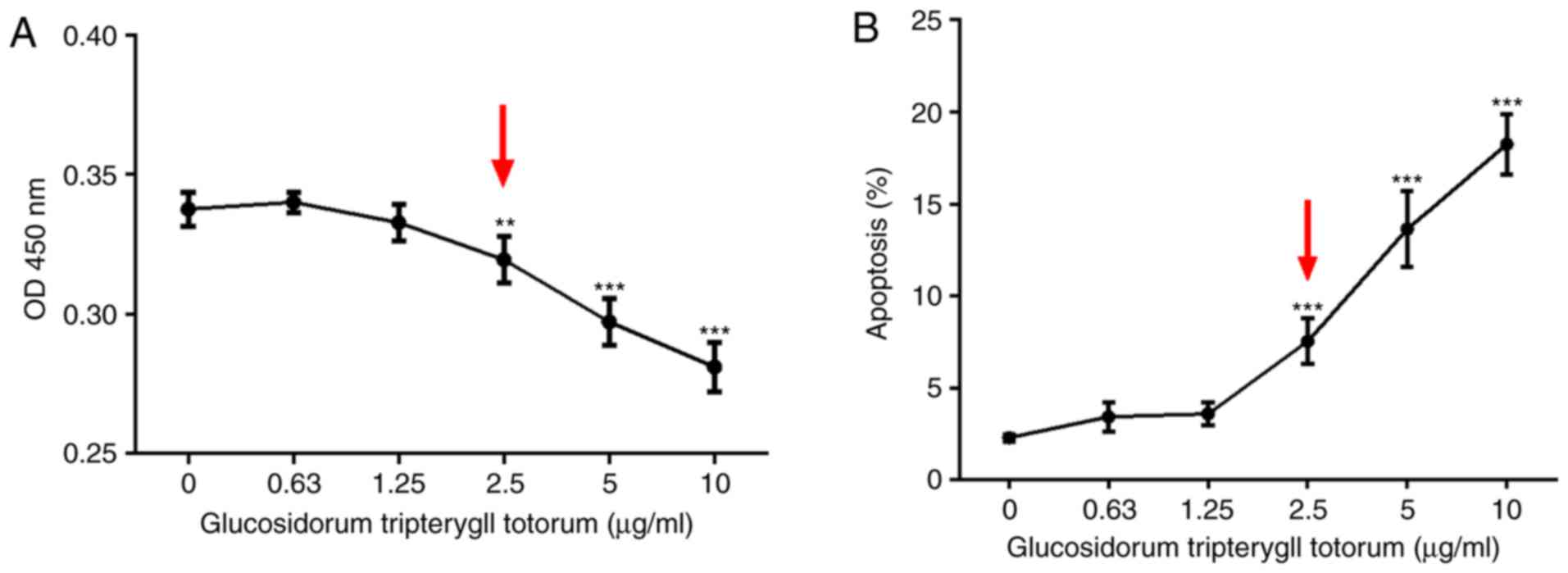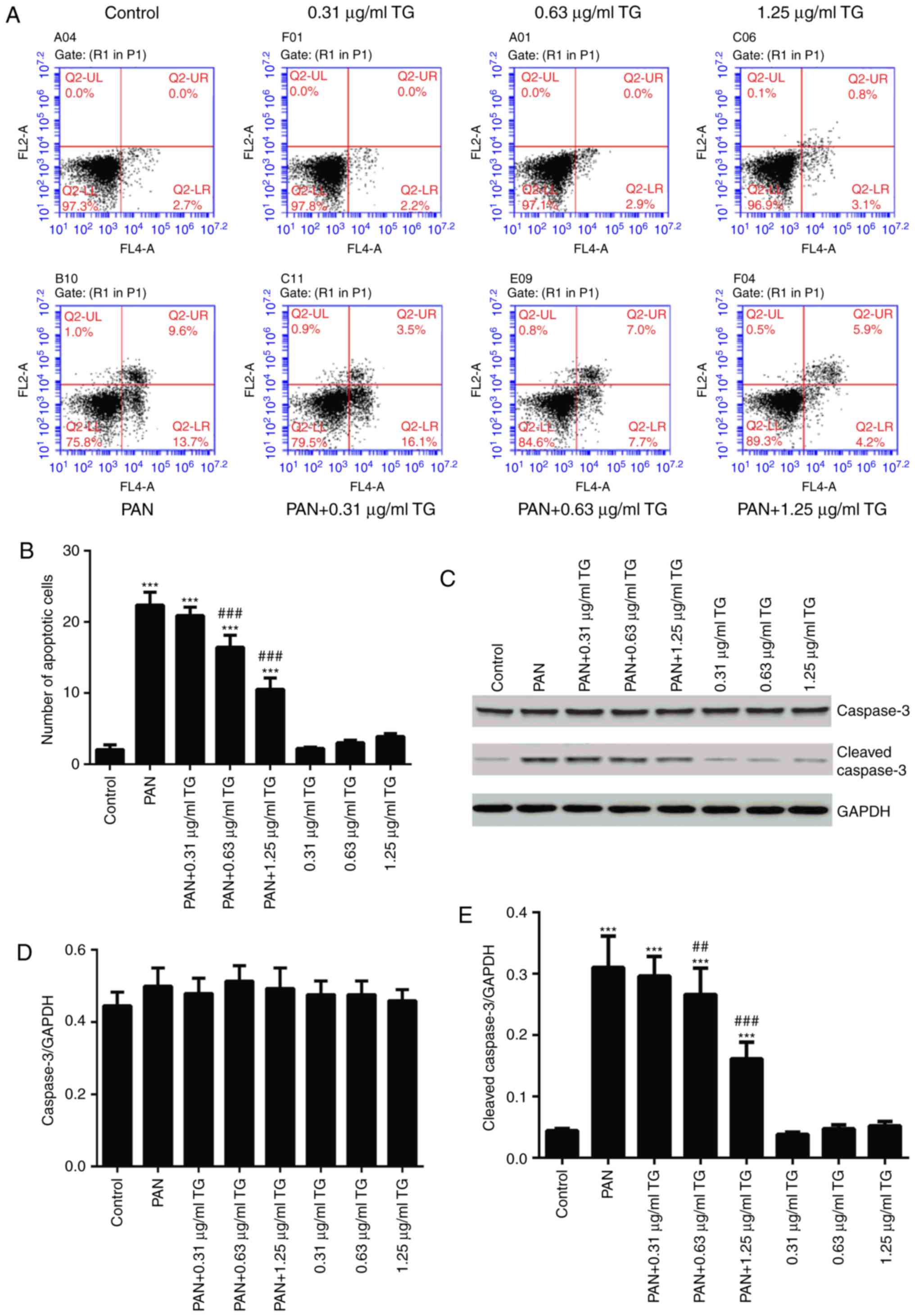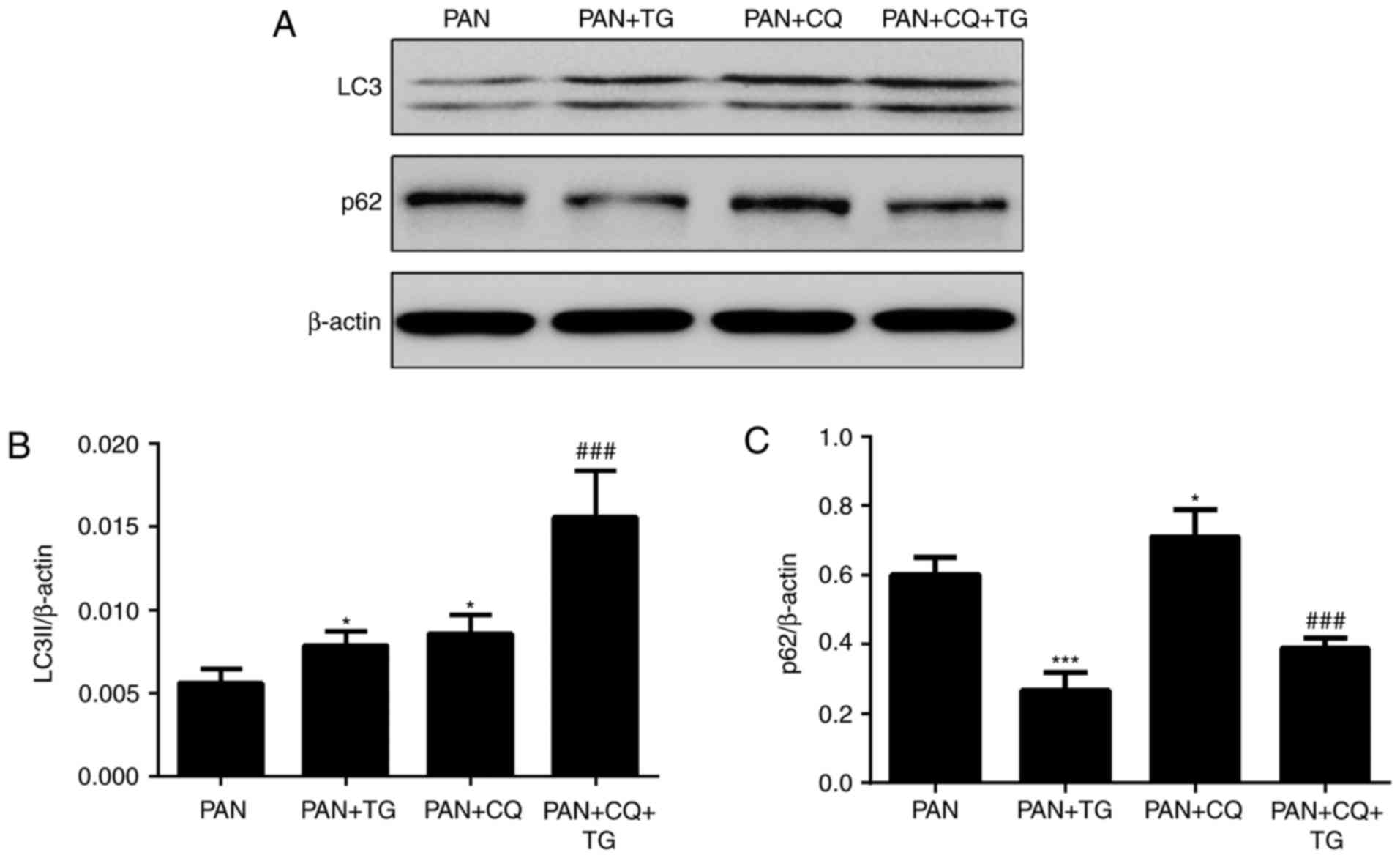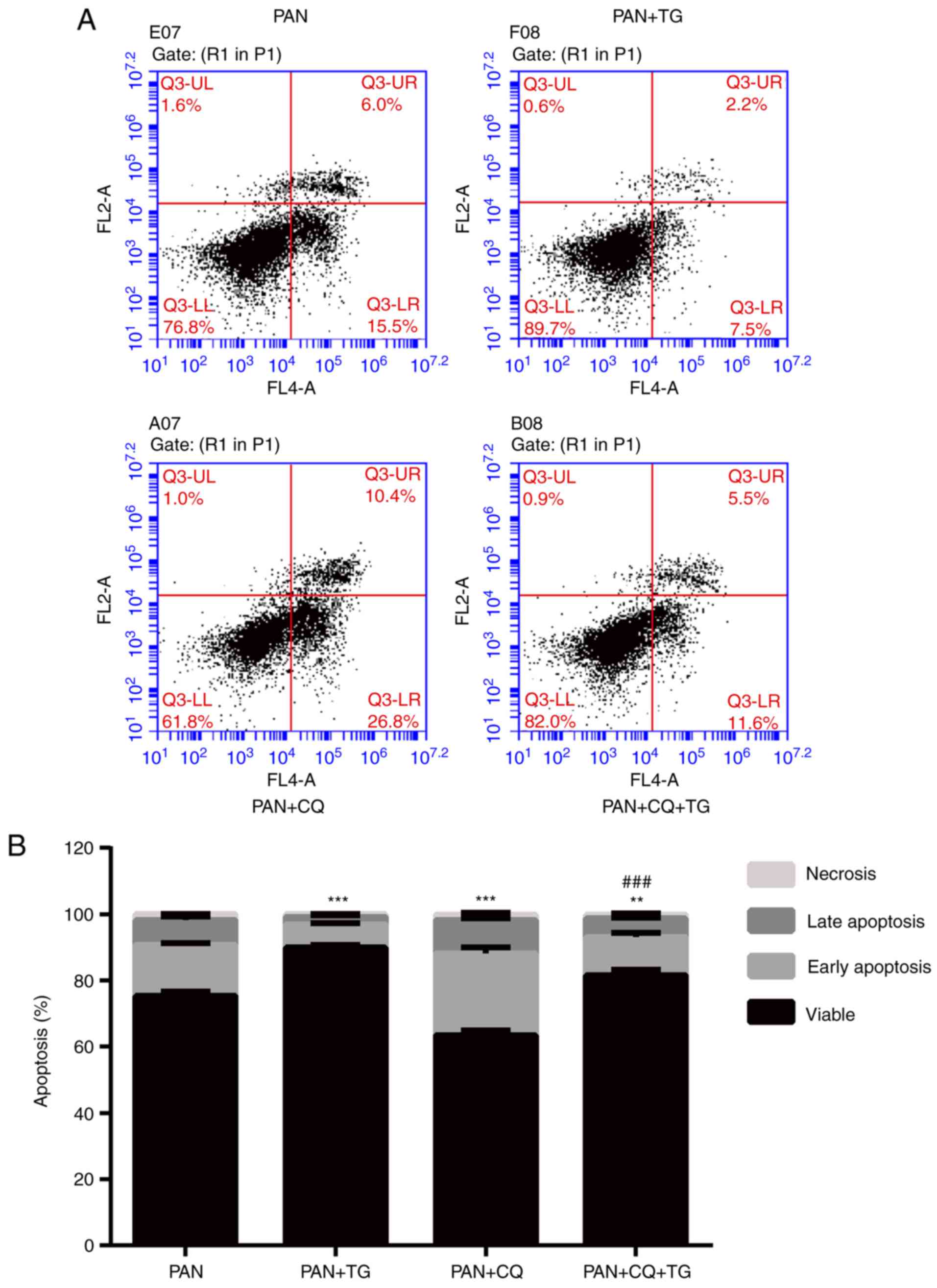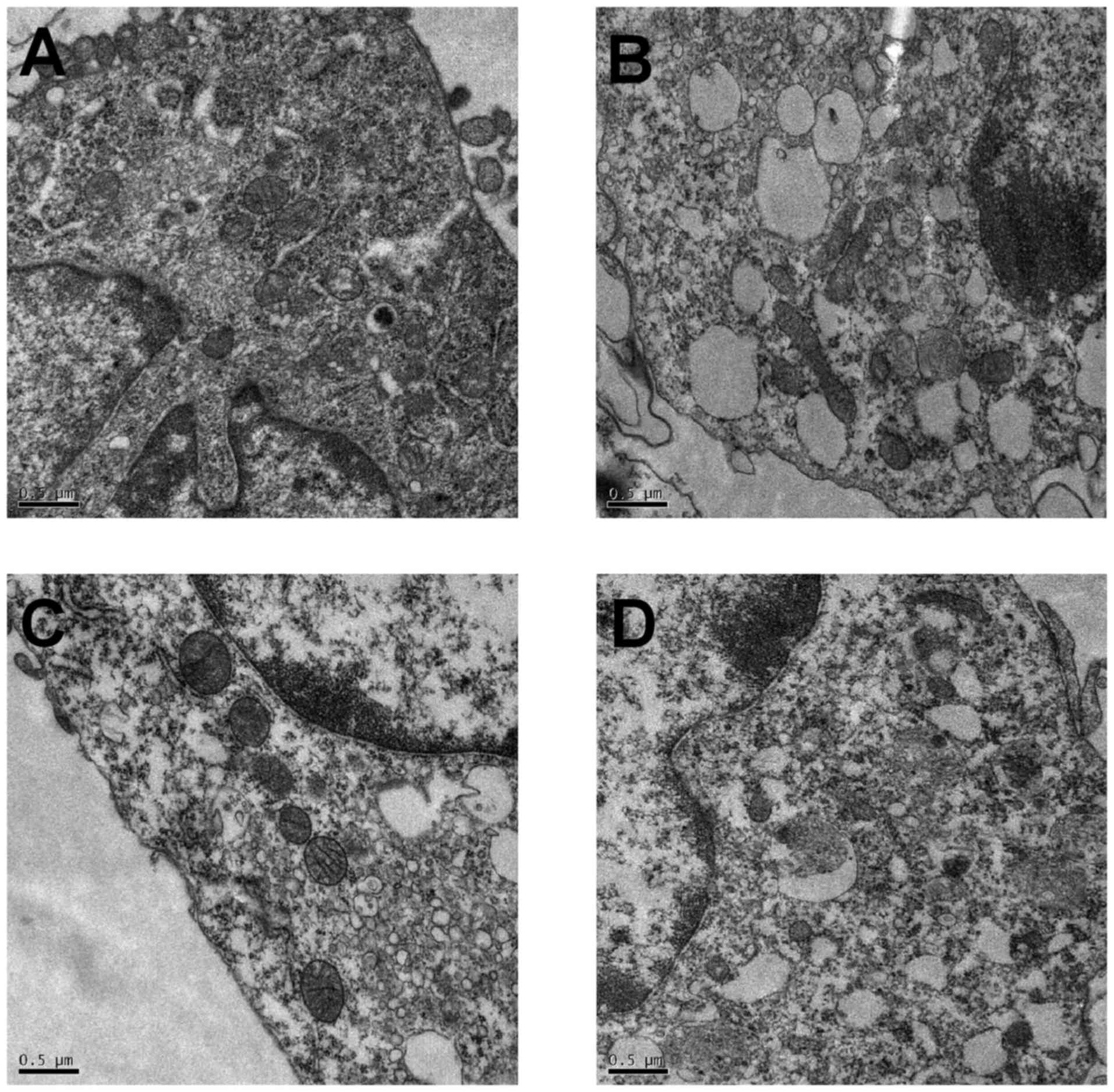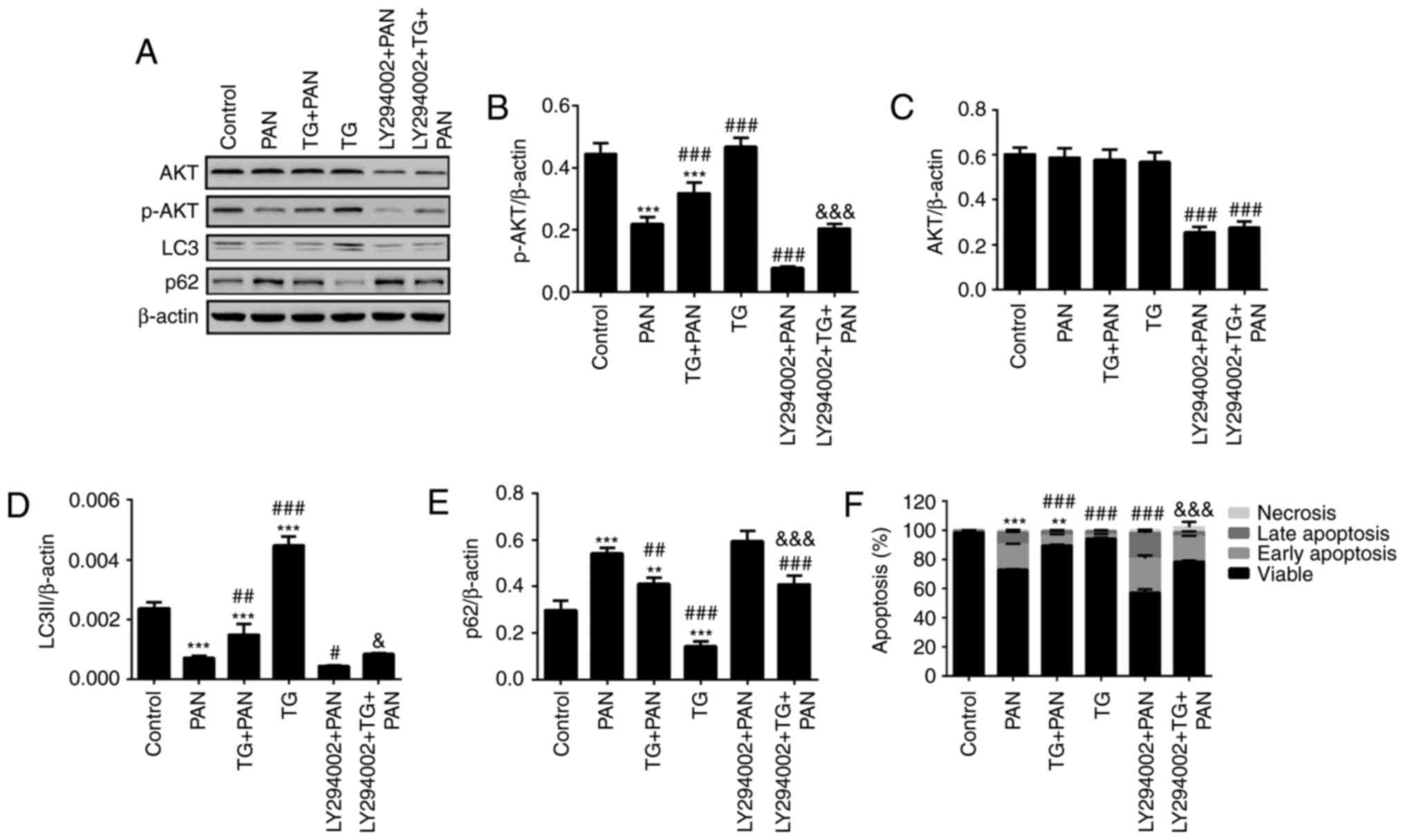|
1
|
Cara-Fuentes G, Clapp WL, Johnson RJ and
Garin EH: Pathogenesis of proteinuria in idiopathic minimal change
disease: Molecular mechanisms. Pediatr Nephrol. 31:2179–2189. 2016.
View Article : Google Scholar : PubMed/NCBI
|
|
2
|
Mallipattu SK and He JC: The podocyte as a
direct target for treatment of glomerular disease. Am J Physiol
Renal Physiol. 311:F46–F51. 2016. View Article : Google Scholar : PubMed/NCBI
|
|
3
|
Nagata M: Podocyte injury and its
consequences. Kidney Int. 89:1221–1230. 2016. View Article : Google Scholar : PubMed/NCBI
|
|
4
|
Xu X, Li QJ, Xia S, Wang MM and Ji W:
Tripterygium glycosides for treating late-onset rheumatoid
arthritis: A systematic review and meta-analysis. Altern Ther
Health Med. 22:32–39. 2016.PubMed/NCBI
|
|
5
|
Chen Y, Gong Z, Chen X, Tang L, Zhao X,
Yuan Q and Cai G: Tripterygium wilfordii Hook F (a traditional
Chinese medicine) for primary nephrotic syndrome. Cochrane Database
Syst Rev. 8:CD0085682013.
|
|
6
|
Petermann AT, Krofft R, Blonski M,
Hiromura K, Vaughn M, Pichler R, Griffin S, Wada T, Pippin J,
Durvasula R, et al: Podocytes that detach in experimental
membranous nephropathy are viable. Kidney Int. 64:1222–1231. 2003.
View Article : Google Scholar : PubMed/NCBI
|
|
7
|
Liu S, Li X, Li H, Liang Q and Chen J and
Chen J: Comparison of tripterygium wilfordii multiglycosides and
tacrolimus in the treatment of idiopathic membranous nephropathy: A
prospective cohort study. BMC Nephrol. 16:2002015. View Article : Google Scholar : PubMed/NCBI
|
|
8
|
Chen ZH, Qin WS, Zeng CH, Zheng CX, Hong
YM, Lu YZ, Li LS and Liu ZH: Triptolide reduces proteinuria in
experimental membranous nephropathy and protects against
C5b9-induced podocyte injury in vitro. Kidney Int. 77:974–988.
2010. View Article : Google Scholar : PubMed/NCBI
|
|
9
|
Zhu B, Wang Y, Jardine M, Jun M, Lv JC,
Cass A, Liyanage T, Chen HY, Wang YJ and Perkovic V: Tripterygium
preparations for the treatment of CKD: A systematic review and
meta-analysis. Am J Kidney Dis. 62:515–530. 2013. View Article : Google Scholar : PubMed/NCBI
|
|
10
|
Liu D, Liu Y, Chen G, He L, Tang C, Wang
C, Yang D, Li H, Dong Z and Liu H: Rapamycin enhances repressed
autophagy and attenuates aggressive progression in a rat model of
IgA nephropathy. Am J Nephrol. 45:293–300. 2017. View Article : Google Scholar : PubMed/NCBI
|
|
11
|
Hao L, Pan MS, Zheng Y and Wang RF: Effect
of Cordyceps sinensis and Tripterygium wilfordii polyglycosidium on
podocytes in rats with diabetic nephropathy. Exp Ther Med.
7:1465–1470. 2014. View Article : Google Scholar : PubMed/NCBI
|
|
12
|
Yu SY and Qi R: Role of bad in podocyte
apoptosis induced by puromycin aminonucleoside. Transplant Proc.
45:569–573. 2013. View Article : Google Scholar : PubMed/NCBI
|
|
13
|
Fougeray S and Pallet N: Mechanisms and
biological functions of autophagy in diseased and ageing kidneys.
Nat Rev Nephrol. 11:34–45. 2015. View Article : Google Scholar
|
|
14
|
Kawakami T, Gomez IG, Ren S, Hudkins K,
Roach A, Alpers CE, Shankland SJ, D'Agati VD and Duffield JS:
Deficient autophagy results in mitochondrial dysfunction and FSGS.
J Am Soc Nephrol. 26:1040–1052. 2015. View Article : Google Scholar :
|
|
15
|
Xin W, Li Z, Xu Y, Yu Y, Zhou Q, Chen L
and Wan Q: Autophagy protects human podocytes from high
glucose-induced injury by preventing insulin resistance.
Metabolism. 65:1307–1315. 2016. View Article : Google Scholar : PubMed/NCBI
|
|
16
|
Goldman SJ, Taylor R, Zhang Y and Jin S:
Autophagy and the degradation of mitochondria. Mitochondrion.
10:309–315. 2010. View Article : Google Scholar : PubMed/NCBI
|
|
17
|
Fernández A, Ordóñez R, Reiter RJ,
González-Gallego J and Mauriz JL: Melatonin and endoplasmic
reticulum stress: Relation to autophagy and apoptosis. J Pineal
Res. 59:292–307. 2015. View Article : Google Scholar : PubMed/NCBI
|
|
18
|
Yu L, Liu Y, Wu Y, Liu Q, Feng J, Gu X,
Xiong Y, Fan Q and Ye J: Smad3/Nox4-mediated mitochondrial
dysfunction plays a crucial role in puromycin
aminonucleoside-induced podocyte damage. Cell Signal. 26:2979–2991.
2014. View Article : Google Scholar : PubMed/NCBI
|
|
19
|
Ha TS, Park HY, Seong SB and Ahn HY:
Puromycin aminonucleoside increases podocyte permeability by
modulating ZO-1 in an oxidative stress-dependent manner. Exp Cell
Res. 340:139–149. 2015. View Article : Google Scholar : PubMed/NCBI
|
|
20
|
Portt L, Norman G, Clapp C, Greenwood M
and Greenwood MT: Anti-apoptosis and cell survival: A review.
Biochim Biophys Acta. 1813:238–259. 2011. View Article : Google Scholar
|
|
21
|
Zhao GX, Pan H, Ouyang DY and He XH: The
critical molecular interconnections in regulating apoptosis and
autophagy. Ann Med. 47:305–315. 2015. View Article : Google Scholar : PubMed/NCBI
|
|
22
|
Heras-Sandoval D, Pérez-Rojas JM,
Hernández-Damián J and Pedraza-Chaverri J: The role of
PI3K/AKT/mTOR pathway in the modulation of autophagy and the
clearance of protein aggregates in neurodegeneration. Cell Signal.
26:2694–2701. 2014. View Article : Google Scholar : PubMed/NCBI
|















